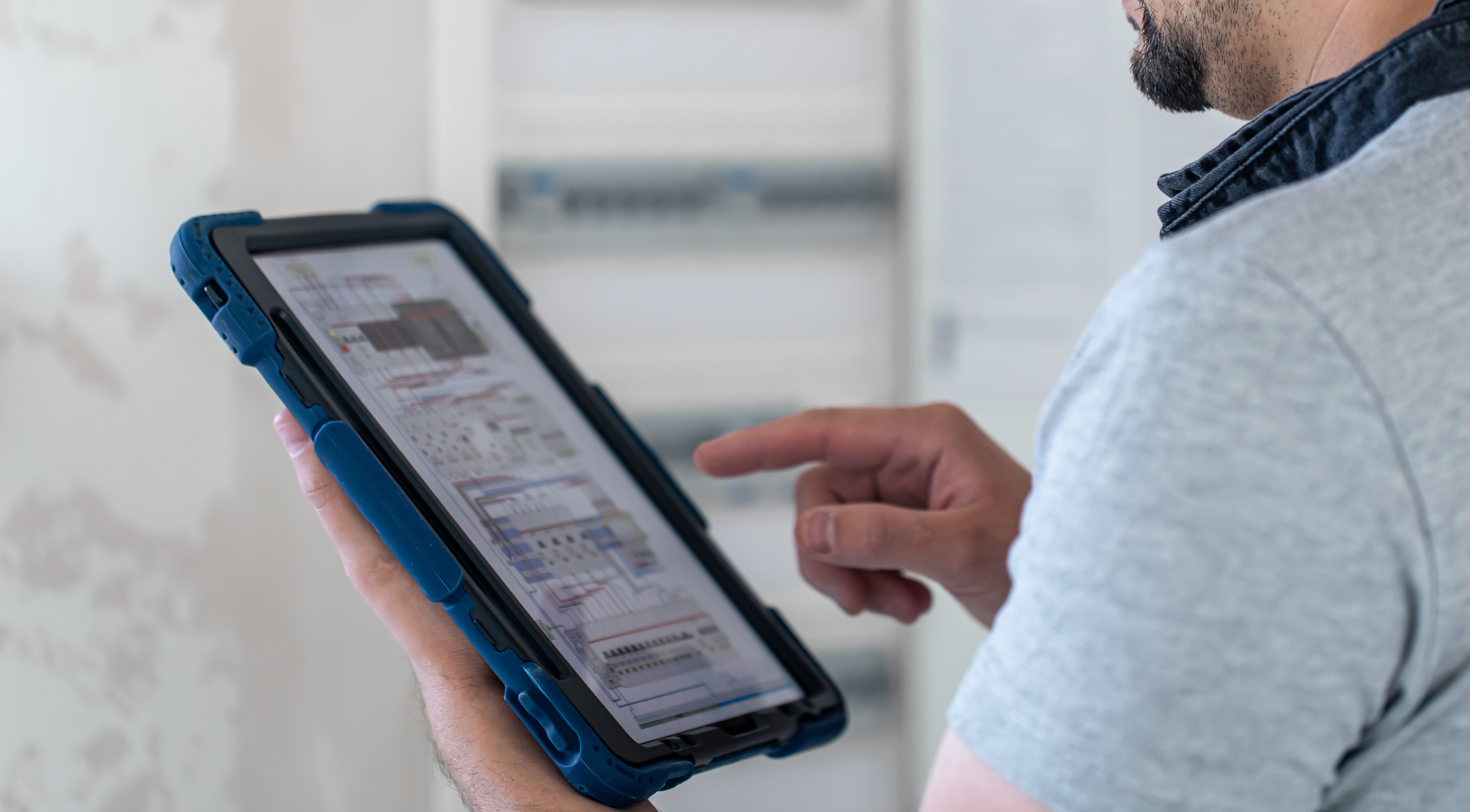In the realm of smart meter technology, the Head-End System (HES) stands as a critical component that orchestrates the seamless flow of data between smart meters and utility providers. As the central nerve center of smart meter networks, the HES plays a pivotal role in collecting, processing, and managing the wealth of information generated by these advanced metering devices. In this comprehensive exploration, we delve into the intricacies of the Head-End System, unraveling its functionalities, significance, and the transformative impact it has on modern utility operations.

The Essence of the Head-End System
At its core, the Head-End System serves as the central hub that connects smart meters, data concentrators, and utility back-office systems. It acts as the mediator between the numerous smart meters deployed in the field and the utilities responsible for managing and optimizing energy distribution. By serving as a data aggregation and management platform, the HES ensures a smooth and efficient exchange of information, enabling utilities to make informed decisions and provide enhanced services to consumers.
Key Functionalities of the Head-End System
1.Data Collection and Aggregation: The primary function of the Head-End System is to collect and aggregate data from a vast network of smart meters. This includes real-time information on energy consumption, voltage levels, and other relevant metrics. Through continuous data collection, the HES creates a comprehensive and up-to-date repository of information.
2.Communication Management: Smart meters communicate with the Head-End System through various communication protocols, such as radio frequency (RF), power line communication (PLC), or cellular networks. The HES manages these diverse communication channels, ensuring a reliable and secure transfer of data from the field to the central system.
3.Data Processing and Validation: Once the data reaches the Head-End System, it undergoes thorough processing and validation. The HES is equipped with algorithms that identify and rectify errors, ensuring the accuracy and integrity of the collected information. This step is crucial for generating reliable insights and reports.
4.Billing and Invoicing Support: The data processed by the HES forms the basis for billing and invoicing processes. It facilitates accurate and timely billing by providing detailed information on individual consumers’ energy consumption. This not only streamlines the billing workflow but also enhances customer satisfaction.
Demand Response Coordination: The HES plays a pivotal role in demand response programs. By analyzing real-time data on energy usage patterns, the system enables utilities to implement demand response strategies. This involves encouraging consumers to adjust their energy consumption during peak hours, contributing to grid stability and efficiency.
6. Security Measures: As a central repository of sensitive data, the Head-End System incorporates robust security measures. Encryption, authentication, and access control mechanisms are implemented to safeguard the confidentiality and integrity of the information stored within the system.
Significance of the Head-End System in Smart Meter Networks
1.Real-Time Monitoring and Control: The Head-End System enables utilities to monitor energy consumption patterns in real-time. This capability is invaluable for addressing issues promptly, optimizing grid operations, and ensuring a reliable and resilient energy distribution system.
2.Enhanced Operational Efficiency: By automating data collection, processing, and management, the HES significantly enhances operational efficiency for utility providers. It reduces manual intervention, minimizes errors, and streamlines workflows, allowing utilities to focus on strategic decision-making.
3.Data-Driven Decision Making: The wealth of data collected and processed by the Head-End System empowers utilities to make informed, data-driven decisions. From load forecasting to grid planning, the insights derived from the HES contribute to strategic planning and resource optimization.
4.Improved Customer Service: With accurate and timely information on energy consumption, utilities can provide improved customer service. The HES facilitates quick response to customer inquiries, enables proactive issue resolution, and supports the implementation of customer-centric services.
5.Grid Resilience and Stability: The HES plays a crucial role in ensuring the resilience and stability of the electrical grid. By continuously monitoring and managing data, the system assists utilities in identifying and addressing potential issues before they escalate, contributing to a more reliable energy infrastructure.
Challenges and Considerations in Head-End System Implementation
While the Head-End System offers substantial benefits, its implementation comes with challenges and considerations:
1.Scalability: As the number of smart meters in a network grows, ensuring the scalability of the Head-End System becomes a critical consideration. The system must be capable of handling the increasing volume of data without compromising performance.
2.Interoperability: Interoperability is essential for seamless communication between the Head-End System and various smart meters that may use different communication protocols. Standardization efforts are crucial to ensure compatibility and effective integration.
3.Cybersecurity: Given the sensitive nature of the data managed by the HES, cybersecurity is a paramount concern. Continuous efforts are required to stay ahead of evolving cybersecurity threats and ensure the integrity and confidentiality of the data.
4.Regulatory Compliance: Compliance with regulatory standards and requirements is a significant consideration in the implementation of the Head-End System. Utilities must adhere to data protection and privacy regulations to ensure legal and ethical data management practices.
Future Innovations in Head-End Systems
The evolution of smart meter technology and the increasing integration of renewable energy sources pave the way for future innovations in Head-End Systems. Some potential developments include:
1.Edge Computing Integration: The integration of edge computing technologies into Head-End Systems can enhance real-time processing capabilities. This allows for faster data analysis and decision-making at the edge of the network.
2.Artificial Intelligence and Machine Learning: The incorporation of artificial intelligence (AI) and machine learning (ML) algorithms can further optimize data analysis. Predictive analytics and anomaly detection powered by AI can provide utilities with valuable insights for proactive grid management.
3. Blockchain for Security: Blockchain technology holds promise for enhancing the security of Head-End Systems. Its decentralized and tamper-resistant nature can contribute to securing data integrity and preventing unauthorized access.
Conclusion
The Head-End System stands as a linchpin in the landscape of smart meter technology, orchestrating the symphony of data exchange between smart meters and utility providers. Its multifaceted functionalities, ranging from data collection to demand response coordination, underscore its vital role in modern utility operations.
As technology continues to advance, the Head-End System is poised to undergo further refinements and integrations. From enhanced real-time processing capabilities to the incorporation of cutting-edge technologies like AI and blockchain, the future holds exciting possibilities for the evolution of Head-End Systems, ultimately contributing to a more resilient, efficient, and sustainable energy infrastructure.





